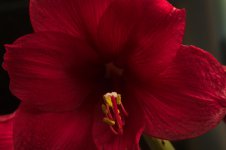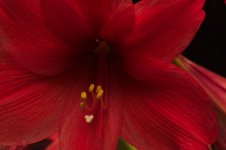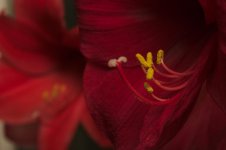Hey guys.
I'm really interested in learning to shoot some great macro shots. I just really like the new perspective you get from looking at stuff up close
So far I have burrowed an old micro nikkor 55 mm f/2.8, and plan on buying the older version of the same lens, as I'm not able to put in the cash down for a new lens, and a local guy is selling on for cheap
Being a student I don't have a lot of money, and am not able to get the newest, fanciest stuff. So what I want to do, it to try and get some tips from you guys, about making the best out of a very little gear.
Enough with the jabbing...
I have tried a few times to get some shots, but am struggling a bit with sharpnes and light. These shots were done with a sb-24, bounced off a white wall.
I can't seem to get them sharper in the view finder, so what can I do to get them sharper?



Also, general guidance will be more than welcommed
I'm really interested in learning to shoot some great macro shots. I just really like the new perspective you get from looking at stuff up close
So far I have burrowed an old micro nikkor 55 mm f/2.8, and plan on buying the older version of the same lens, as I'm not able to put in the cash down for a new lens, and a local guy is selling on for cheap
Being a student I don't have a lot of money, and am not able to get the newest, fanciest stuff. So what I want to do, it to try and get some tips from you guys, about making the best out of a very little gear.
Enough with the jabbing...
I have tried a few times to get some shots, but am struggling a bit with sharpnes and light. These shots were done with a sb-24, bounced off a white wall.
I can't seem to get them sharper in the view finder, so what can I do to get them sharper?



Also, general guidance will be more than welcommed
Last edited by a moderator:

